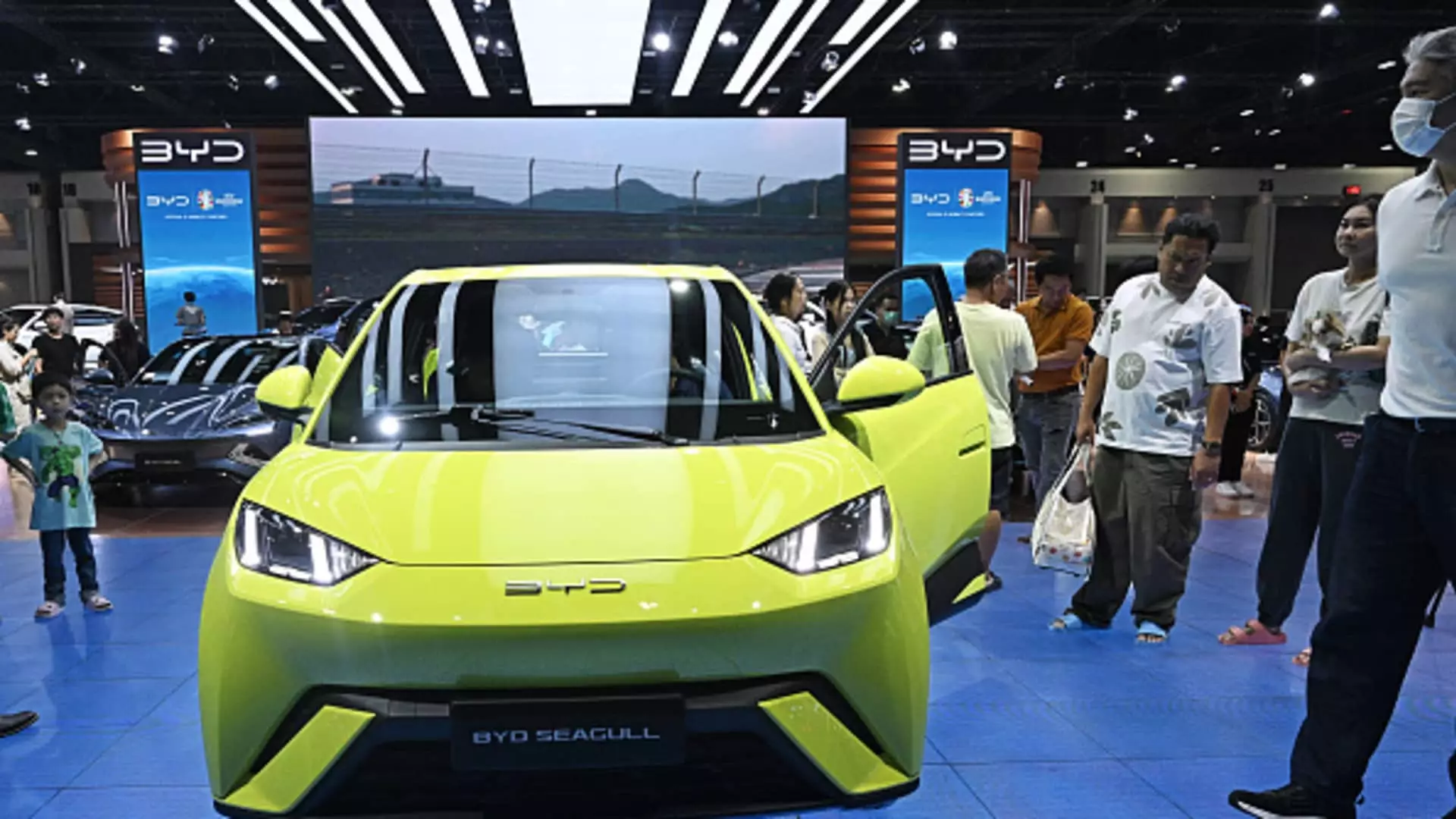The European Union has a standard 10% duty on imported electric vehicles, but with a crackdown on low-priced, subsidized imports from China, the bloc is set to provisionally raise those fees starting July 4. Analysts have predicted a potential increase in the tariff rate to ~25-30%, with a risk scenario suggesting a hike to 30-50%. However, senior investment strategists believe the tariffs could be between 10% and 20%, potentially on the higher end of 20% following the European Parliament elections.
The European Commission initiated an investigation in October into subsidies given to electric vehicle makers in China, citing an economic threat to the EU’s EV industry. President Ursula von der Leyen has been advocating for a “de-risking” approach from Beijing, indicating concerns over the impact of subsidized Chinese imports.
Despite the potential tariff hikes, experts believe that Chinese manufacturers are highly efficient and ahead of the curve, which may limit the impact of increased tariffs on their pricing. Chinese EV companies like Xpeng, BYD, and Nio have been expanding their presence in Europe, with some even setting up factories in the EU to avoid or mitigate the effects of tariffs.
The United States and Turkey have also taken measures to address the influx of Chinese electric vehicle imports. The Biden administration raised tariffs on Chinese EV imports to 100%, while Turkey announced an additional 40% tariff on vehicles from China. This global response reflects concerns over overcapacity and competition from the booming Chinese EV industry.
Chinese manufacturers have been proactive in diversifying their operations and partnerships to navigate the changing tariff landscape. Companies like BYD and Chery have announced new factories and joint ventures in Europe to develop and manufacture EVs locally. This strategic approach aims to minimize the impact of tariffs and enhance competitiveness in the global EV market.
The European Union’s tariff plans for Chinese electric vehicles reflect a broader trend of increased scrutiny and protectionism in the global EV industry. While tariff hikes may pose challenges for Chinese manufacturers, their adaptability and strategic investments in local production facilities suggest a resilient response to evolving trade policies. As the EV market continues to grow and evolve, the dynamics of competition and cooperation between regions will shape the future of the industry.


Leave a Reply